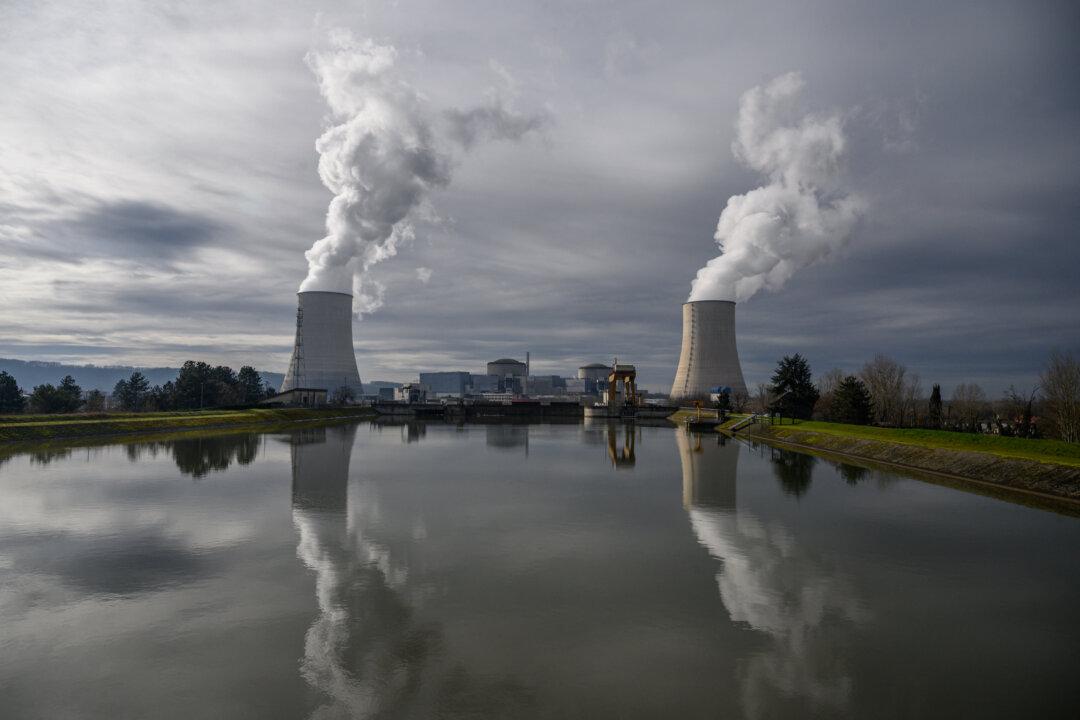One environmental group says Australia’s peak science body has made errors in its estimation of the cost of nuclear energy production, noting the figures could be three to six times higher than the actual cost.
The group’s comments come amid an ongoing debate over the annual GenCost report that compared costs between renewables and nuclear in Australia.




